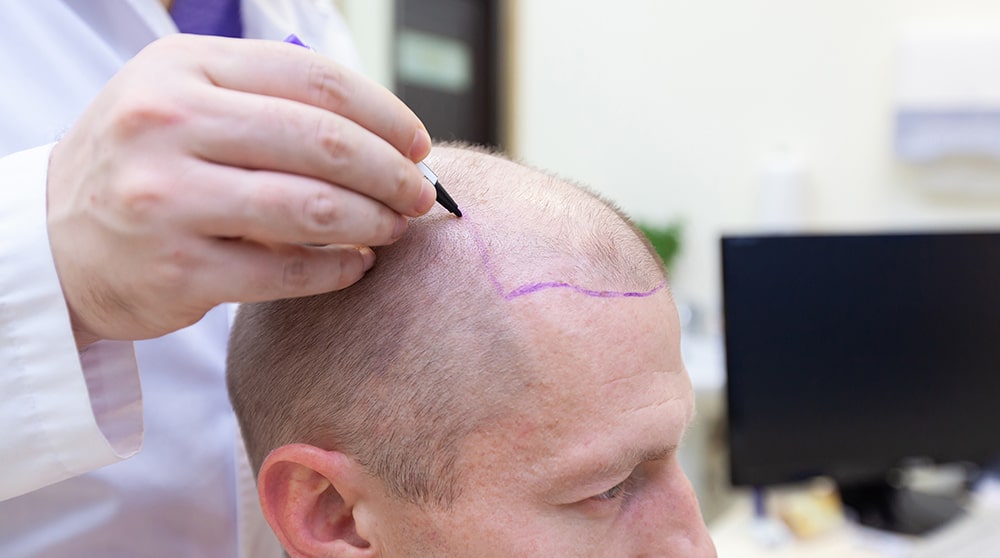An average of 5 thousand hair transplants are performed every day in Istanbul. Recently, especially Europeans have been coming to our country to have hair transplants. Experts also point out that hair transplants, which are popular in health tourism, should be performed by doctors. Nişantaşı Hospital Specialist Dr. Yusuf Topal, who stated that unsuccessful applications performed in places that do not meet operating room standards pose a threat to health tourism, draws attention to the fact that Turkey’s reputation in health tourism will be damaged due to hair transplants that are not performed in a hospital environment.
Hair transplantation, which is the locomotive of health tourism, has a significant market share in Turkey. According to DEİK data, Turkey had a turnover of over 1 billion dollars in hair transplantation and aesthetic surgery in 2018, and 85 percent of this figure was hair transplantation. In hair transplantation, which is especially popular with European patients, unsuccessful applications performed outside the hospital pose a threat. Nişantaşı Hospital Specialist Dr. Yusuf Topal said, “The most important point in hair transplantation is the doctor’s application. Hair transplantation applications that do not meet the requirements of an operating room and outside the hospital cause Turkey to lose its reputation in this market, while causing hair transplantation, which is an important application in health tourism, to shift to other countries.” Topal stated that this trend will cause the loss of patients, especially from European countries, the MENA Region (Middle East and North Africa) and the Arabian Peninsula.
Unsuccessful operations damage the scalp
Topal, who noted that incorrect application of hair transplantation methods or hair transplants performed without nourishing the skin do not yield results, and that such applications also damage the scalp, said, “First, the patient is examined to determine whether hair transplantation is necessary. If the hair transplant specialist determines that the hair follicles are alive or that there is temporary shedding, treatments that will strengthen the hair follicles are applied. Hair transplantation is applied to people who lose hair due to age, hormones and familial inheritance. In addition, hair transplantation can be applied to bare areas on the hair or eyebrows as a result of burns, and to hairless areas where hair loss occurs as a result of aesthetic surgery or due to illness.” Stating that the most successful method in hair transplantation is DHI, Topal emphasized that when this method is applied by a specialist dermatologist, it allows for both denser hair transplantation and does not cause root loss.
Internal problems such as anemia, zinc and iron deficiency affect hair transplantation
Topal, who said that the patient goes through a number of tests during the examination before hair transplantation, noted that internal problems such as anemia, zinc and iron deficiency weaken the hair follicles and affect the success of the application. Topal said that it is a priority to perform hair transplantation after the patient’s internal problems are resolved in order to obtain full results. Topal, who stated that hair transplantation is performed once and a maximum of 3,500-4,000 hair follicles can be added to the scalp, emphasized that the patient is followed up for a year after the transplantation process and the treatment is completed.

